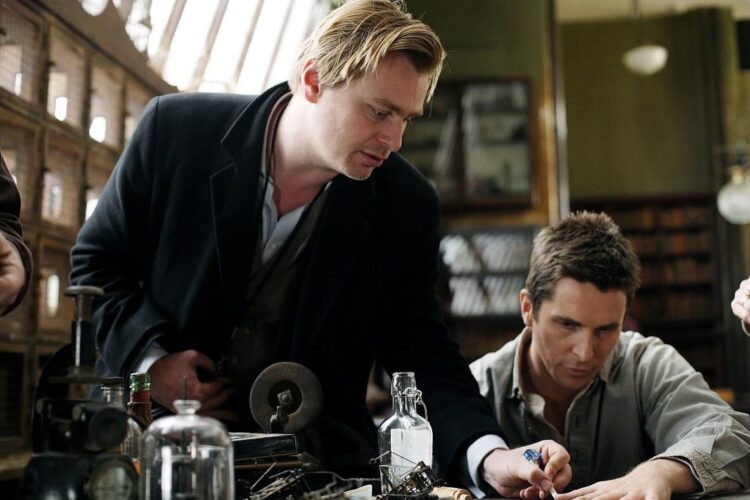In the midst of back-to-back blockbusters, we often forget the fact that cinema is an art and it should be appreciated as one. Movies aren’t mechanical, and some of the directors proved that to us. It can be declared that the following directors’ passion projects turned out to be a greater success than their planned work.
The Conversation (1974) – Francis Ford Coppola (Between: The Godfather and The Godfather Part II )
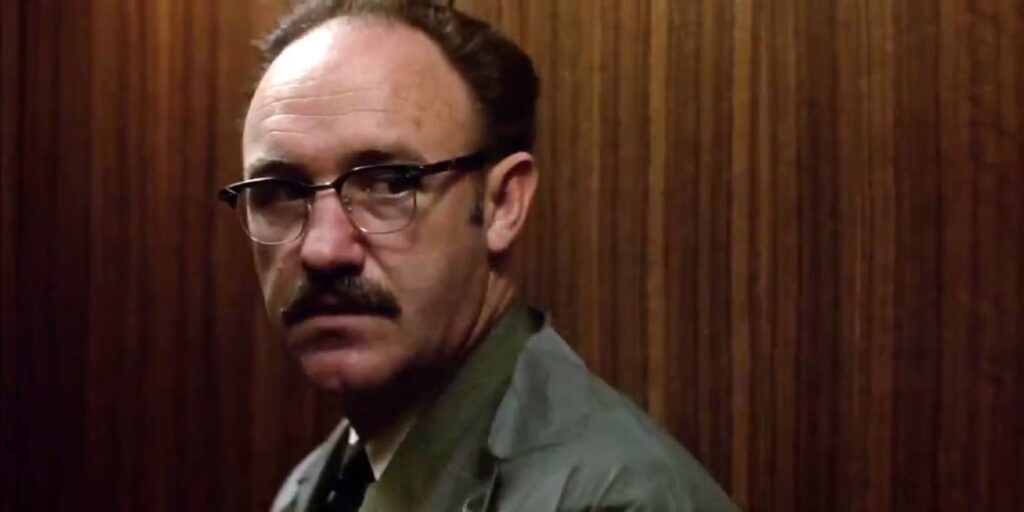
The constant feeling of being under surveillance 24/7 is overwhelming. When Coppola directed this movie, America was grappling with sweeping technological changes that were defining the terms of change in the middle of the twentieth century. These subjects were critical to American New Wave filmmaking, a group of young, independent filmmakers that transformed the film enterprise starting in the mid-1960s. With the box office smash of The Godfather (1972) and The Godfather: Part II (1974), Francis Ford Coppola had an incredible time. The Conversation was truly his passion project. Filmed between those two more well-known movies, Coppola skillfully created a tense psychological thriller that speaks to both the era of its emergence and the current state of oversight.
Silence (2016) – Martin Scorsese (Between: The Wolf of Wall Street and The Irishman)
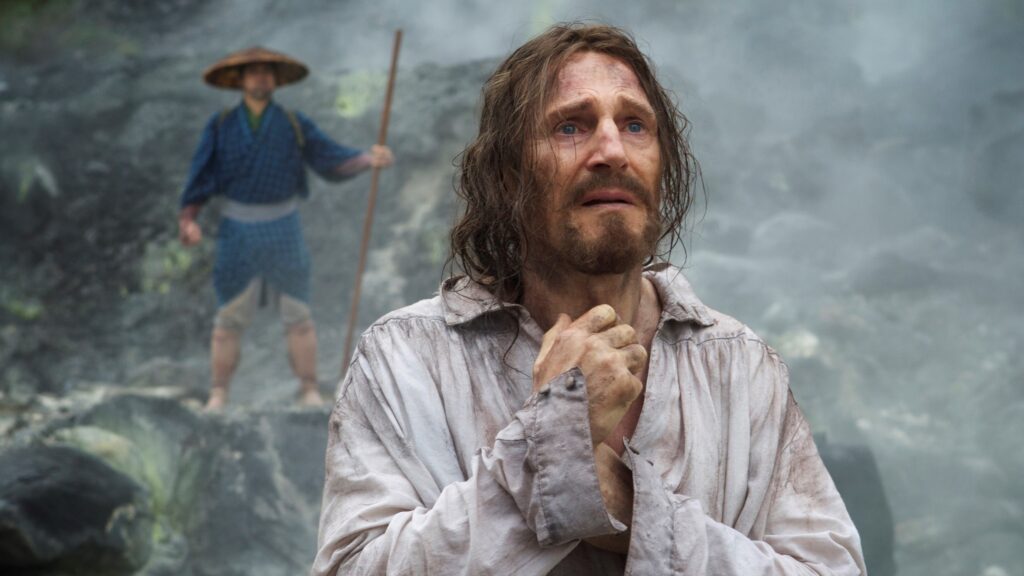
The narrative of two Portuguese Jesuit priests, Rodrigues and Garupe (Andrew Garfield and Adam Driver), who journey to Tokugawa shogunate Japan in search of their mentor Ferriera (Liam Neeson), is told in Silence, an adaptation of Shūsaku Endō’s 1966 novel of the same name. Following a particularly severe ban on Christianity and executions of Japanese Christians, Ferriera is said to have given up his faith while on mission in Japan. The two priests soon discover that the workings of Christianity and faith in general are more complicated than they had anticipated. The movie took a long time to come together and was regarded by Scorsese as a passion project. Scorsese first read the novel while getting ready to play Vincent van Gogh in Akira Kurosawa’s 1990 film Dreams. He quickly acquired the rights, but it would take him more than 20 years to realize his vision. After lengthy lawsuits and ordeals, this project stood out amidst the success of “The Wolf of Wall Street” and “The Irishman.”
Three Thousand Years of Longing (2022) – George Miller (Between: Mad Max: Fury Road and Furiosa)
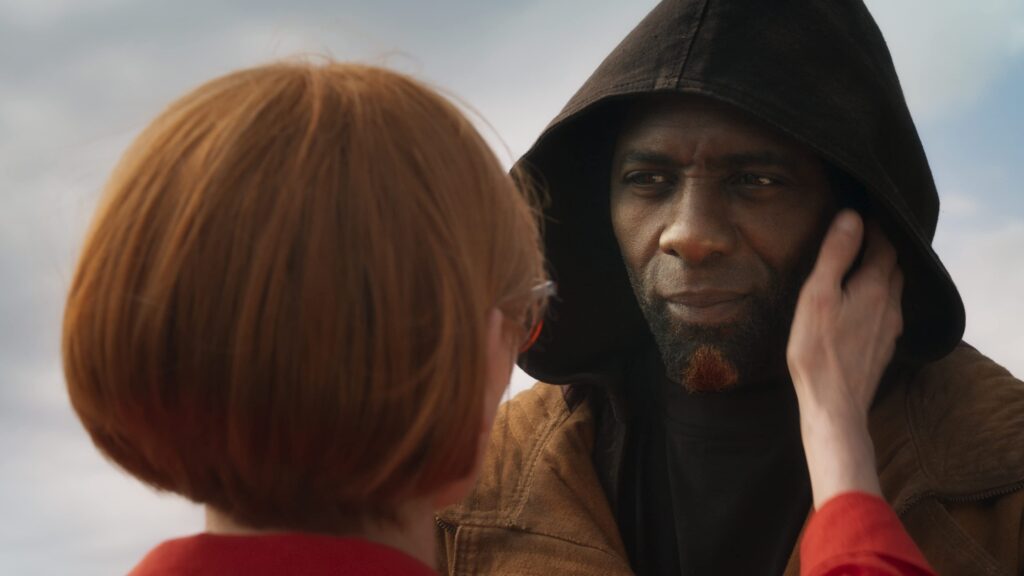
The film has its foundation in A.S. Byatt’s short story, The Djinn in the Nightingale’s Eye, which won the Booker Prize. He helmed this underrated gem in the midst of his blockbusters, “Mad Max: Fury Road” (2015) and “Furiosa.” It gives its haphazard secrets like a story, careening across ages and Arabic mythology with breezy, insane grace. An introverted historian meets a genie in Three Thousand Years of Longing. Tilda Swinton, who is bespectacled and has a North English accent, plays the historian. Idris Elba portrays the genie, also known as “djinn” in Arabic, who is blue, shimmering, has pointy ears, and may vanish in a puff of smoke if the right words are uttered. The existence of such an odd and intimate passion project, with a cast that speaks mostly non-English, is uncommon yet unique.
The Prestige (2006) – Christopher Nolan (Between: Batman Begins and The Dark Knight)
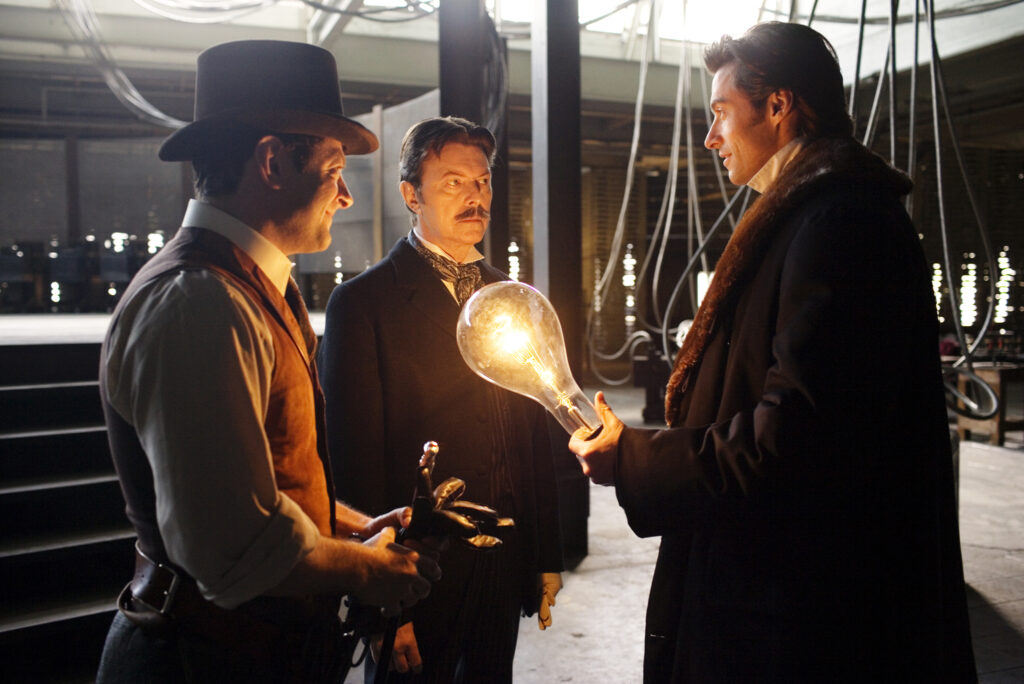
Christopher Nolan’s passion project, The Prestige, was something he and his brother Jonathan had long planned to produce. It tells the story of two rival magicians (Christian Bale and Hugh Jackman, respectively) who start as friends but soon become entangled in each other’s lives. Through a routine of dishonesty, one-upmanship, and unrelenting jealousy, they continuously deteriorate their relationship. Ultimately, they both turn into fierce rivals who are determined to ruin each other’s legacies. In 2006, the director made a comeback to theaters with his passion project after reviving a dormant comic book property with “Batman Begins.” The Hollywood Reporter’s Kirk Honeycutt coined his review, stating, “Audiences might enjoy this cinematic sleight of hand, but the key characters are such single-minded, calculating individuals that the real magic would be to find any heart in this tale.”
Schindler’s List (1993) – Steven Spielberg (Between: Jurassic Park and The Lost World: Jurassic Park)

When this movie was released, there was a silent uproar in the theatre. Some were crying quietly, and the theatre emptied in virtual silence. Spielberg was initially introduced to the novel Schindler’s Ark (Thomas Keneally) by Universal Studios executive Sid Sheinberg. It was known that Spielberg was a jew himself, and the movie was very personal to him as recounted from his grandfather’s experience of the holocaust. A masterwork of historical film, Schindler’s List strikes a balance between moral complexity, emotional nuance, and realism. The film is devastating, but it was also unrelentingly heartbreaking as Schindler realized he could have saved more people. The black-and-white photography made Nazi-era Germany appear real and immersive. The director helmed this movie with only 22 million dollars, in betwixt his Jurassic Park deal with Universal Studios. This film left a deep impact on me, a historical scar that can never be undone.
Jojo Rabbit (2019) – Taika Waititi (Between: Thor: Ragnarok and Thor: Love and Thunder)
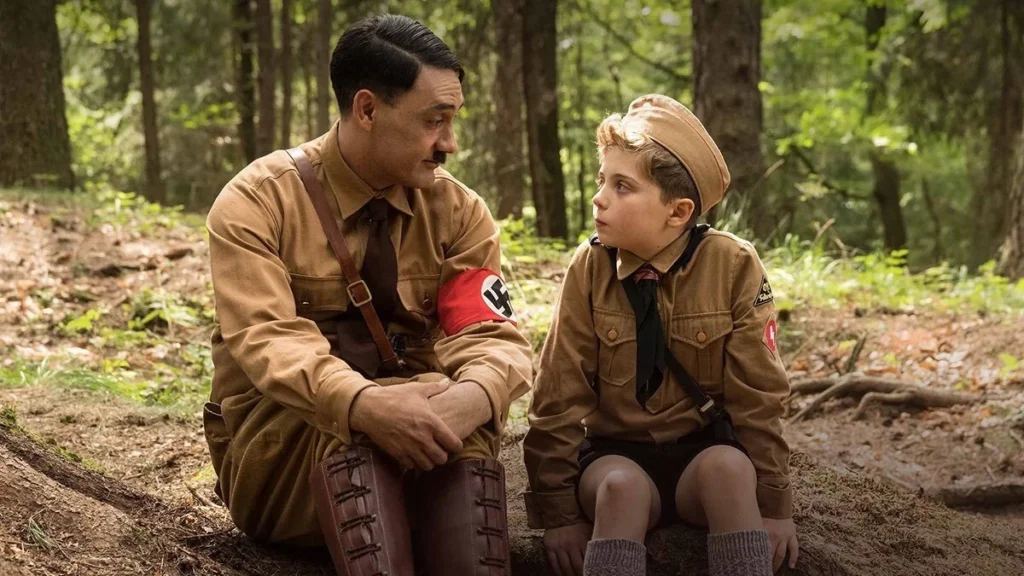
Jojo Rabbit tells the story of a young kid in Nazi Germany who imagines Adolf Hitler to be his friend. It was based on Christine Leunens’ 2008 book Caging Skies, and Waititi played Hitler, apparently at the studio’s demand. Reviews of the movie were varied, with critics mostly discordant about how well the comedy and Nazis worked together. His mother came up with the concept for Jojo Rabbit after reading Christine Leunens’ book Caging Skies and telling her kid the story (badly). He even stated, “The way she described it, I said, ‘Mom, what a great film idea.’ And then I read the book, and the book — it is incredible, but it wasn’t exactly how my mom described.” I won’t go anywhere to call it a humorous comedy, because it was equally heartbreaking. His drive for this particular movie came during the raging success of “Thor: Ragnarok” and “Thor: Love and Thunder.”
